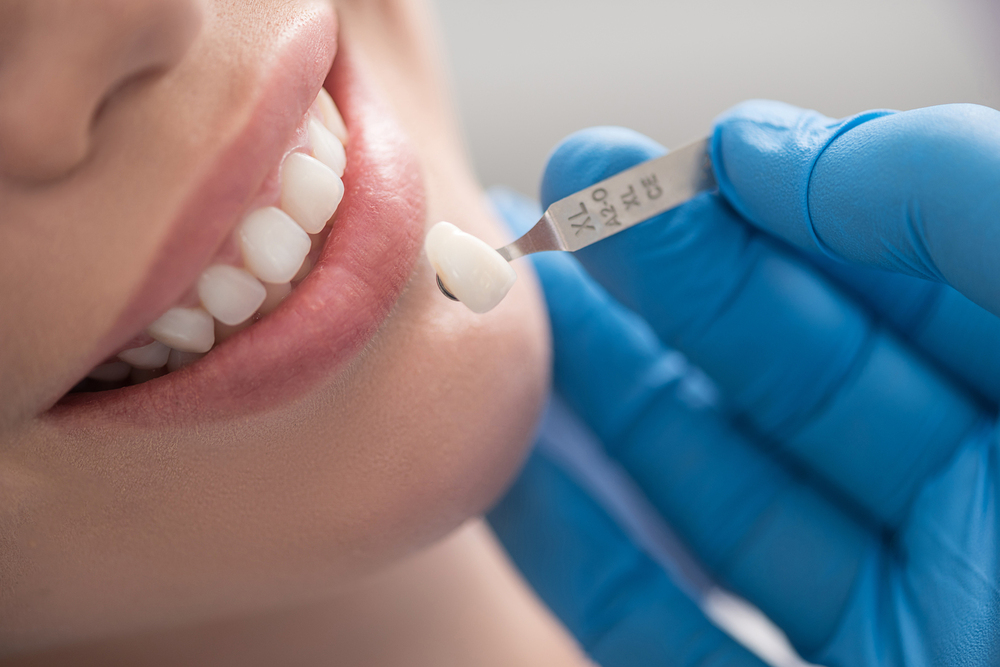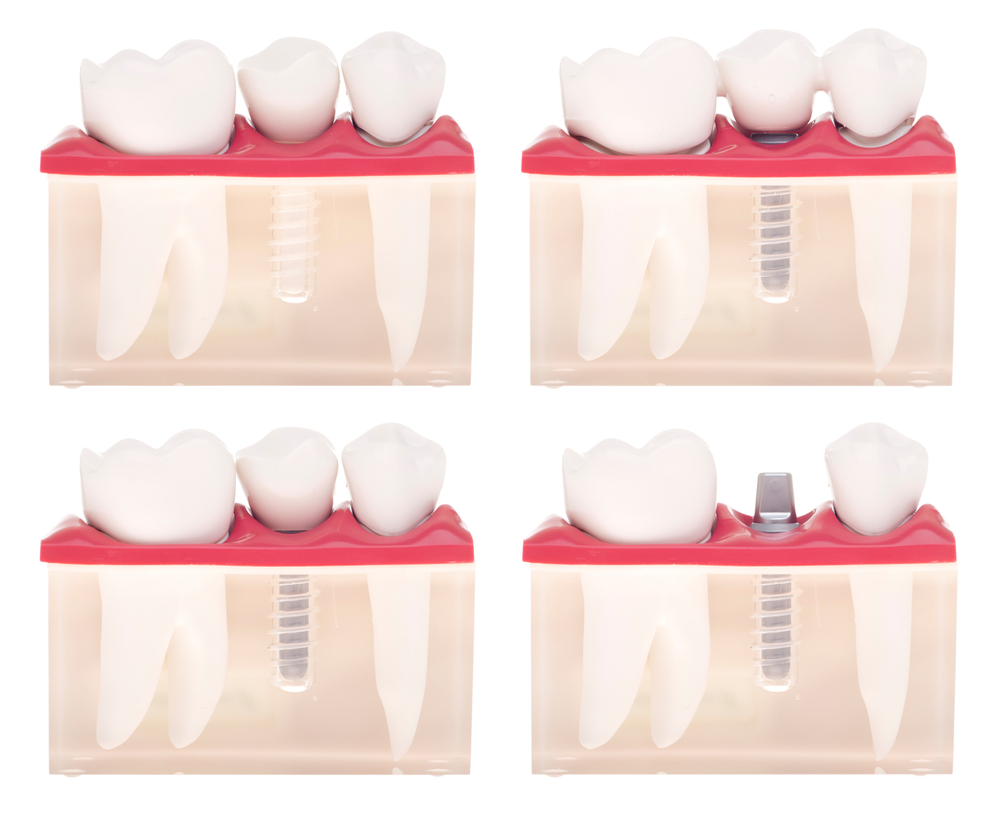Ultimate Guide to Dental Crowns and Tooth Caps
This comprehensive guide explains dental crowns and caps, detailing their purpose, types, and placement process. Discover how these restorations strengthen damaged teeth, improve aesthetics, and support dental health in a clear, straightforward manner, with insights on terminology and procedure steps for optimal understanding.

Exploring Dental Crowns and Tooth Caps
A dental crown, also known as a tooth cap, is a prosthetic device used to restore damaged or compromised teeth. It fully covers the visible part of a tooth or dental implant, offering protection and reinforcement. Unlike small fillings, crowns encase the entire crown of the tooth, securely bonded with dental cement. They help rebuild strength, improve aesthetics, and preserve function, seamlessly matching natural teeth. Properly applied crowns ensure the tooth operates normally while enhancing its appearance.
Why Consider Dental Crowns or Tooth Caps
Reinforce weakened or misshapen teeth
Repair broken or chipped teeth
Strengthen teeth needing fillings
Support dental bridges
Improve overall tooth appearance
Terminology Overview
Crowns and caps are interchangeable terms referring to the same dental restoration. They may also be called tooth caps, dental caps, or jackets, such as porcelain jackets describing entirely ceramic crowns. Dentists often use "crown," whereas patients might say "cap." All these terms describe placing a covering over a tooth for restoration or aesthetic enhancement.Getting a crown usually requires two dental visits. The first involves X-rays to evaluate tooth and root health, followed by filing the tooth and placing a temporary crown. During the second visit, the temporary is removed, and the permanent crown is fitted and cemented, restoring strength, function, and appearance for long-lasting results.


